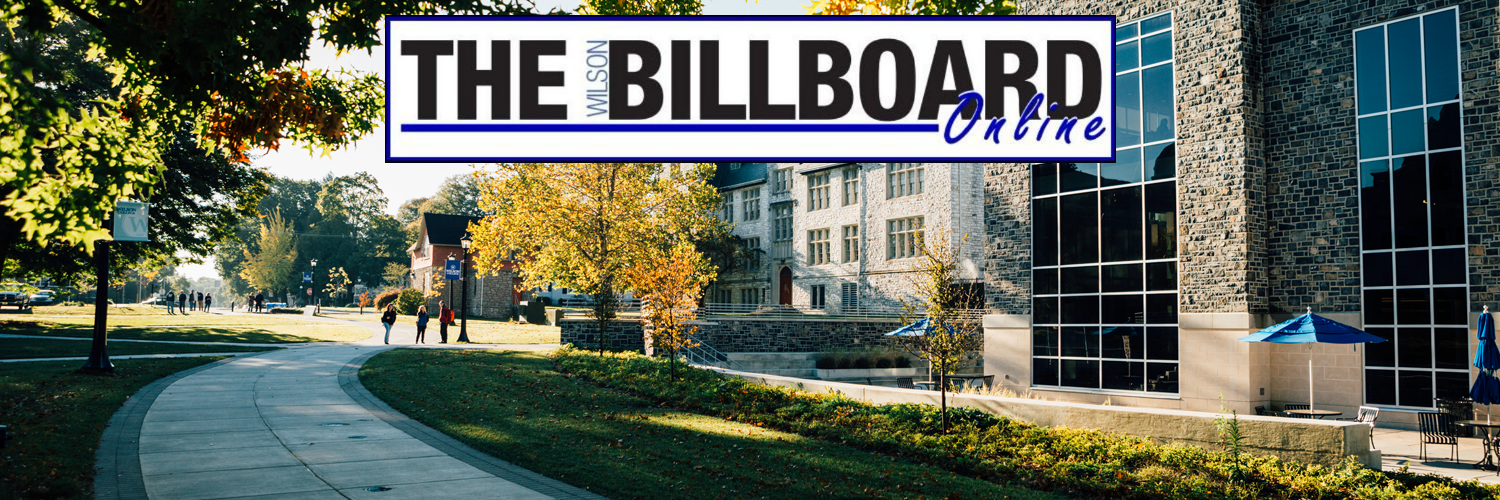South Korean Election: Ruling Party Failure
The general election to elect National Assembly members in South Korea was held on April 13. The ruling and conservative party, Saenuri, has lost the parliamentary majority. It was an unexpected result because it was the first time in 16 years the election gave way to the opposing parties, Minjoo Party and the People’s Party. It was also the first time in 20 years South Korea had three-party politics.
Prior to the parliamentary election, pollsters and most people had predicted that the ruling party would win the election and get the majority. The reason is that in South Korea, older generations have been loyalists of the conservative party, Seanuri, while younger generations tend to go against the party. The rate of voting in older generations used to be higher than that of the younger generations, so it led to the Saenuri Party winning for a long time.
However, when the outcome of the vote was announced, the ruling party failed to get the largest numbers of seats. They won 122 of 300 seats in the Next National Assembly and the Minjoo Party won 123 seats. The recently created People’s Party won 38 seats.
The result was achieved by people who wanted change. The outcome of the election meant that some people who previously supported the Saenuri Party chose to support the opposing parties because conservative voters became disappointed with President Park Geun-hye’s plan for the economy. Geun-hye was criticized for her economic plans and presidential approval rating fell. During Geun-hye’s term, Korean economy has suffered; household debt and the unemployment rate for people under the age of 30 reached new heights after the International Monetary Fund economy crisis.
The voting outcome really impressed South Korea. However, the result of the election does not mean the success of opposition parties. Rather, it reflects the peoples’ sentiment against President Geun-hye and her party.

